The best of MWC 2018: Barcelona's top tech
We round up the best products from the year's biggest mobile trade show


Mobile World Congress is usually an exciting occasion, full of impressive tech and shiny devices.While this year's show played host to a fair number of smartphone launches, some of the most interesting things came from the enterprise side of the conference, with advances in 5G and other areas of innovation.
With another year gone, we've rounded up our picks of the best bits of the show, from new flagship smartphones to technical achievements. Read on to learn more about our favouriteproducts and technologies at MWC 2018.
Asus Zenfone 5Z
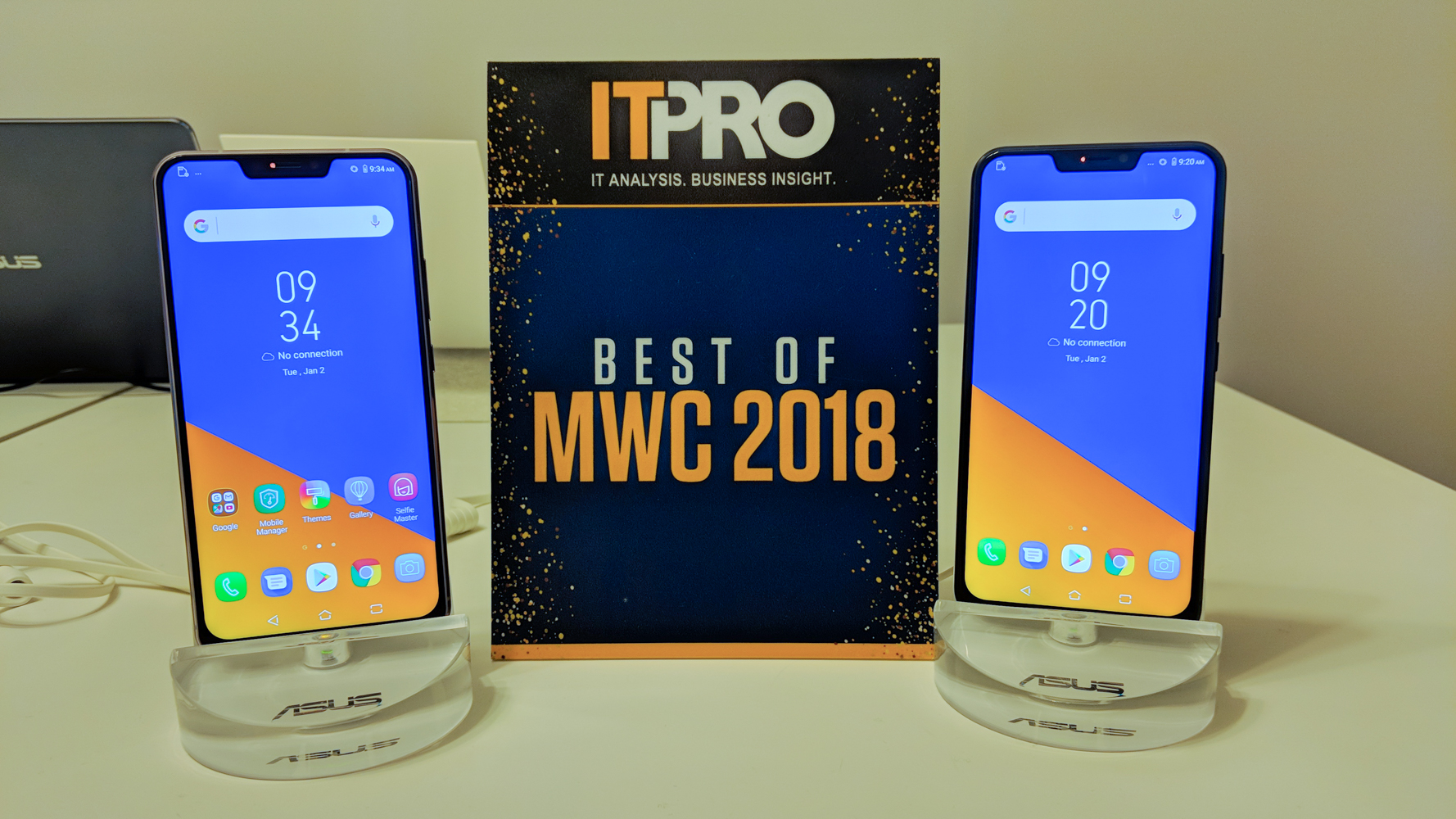
The first thing that jumps out about Asus's latest smartphone is how visually similar it is to Apple's iPhone X - it's even got 'The Notch' at the top of the screen. Dislike for The Notch aside, it's a very attractive device, and offers iPhone X-style looks for half the price.
That's not why it's worthy of claiming an award, though. No, it wins one of our Best In Show awards because it gives you a cutting-edge Qualcomm Snapdragon 845 processor and an edge-to-edge display for an asking price of just 500. That's a good deal by any measure.
Samsung Galaxy S9
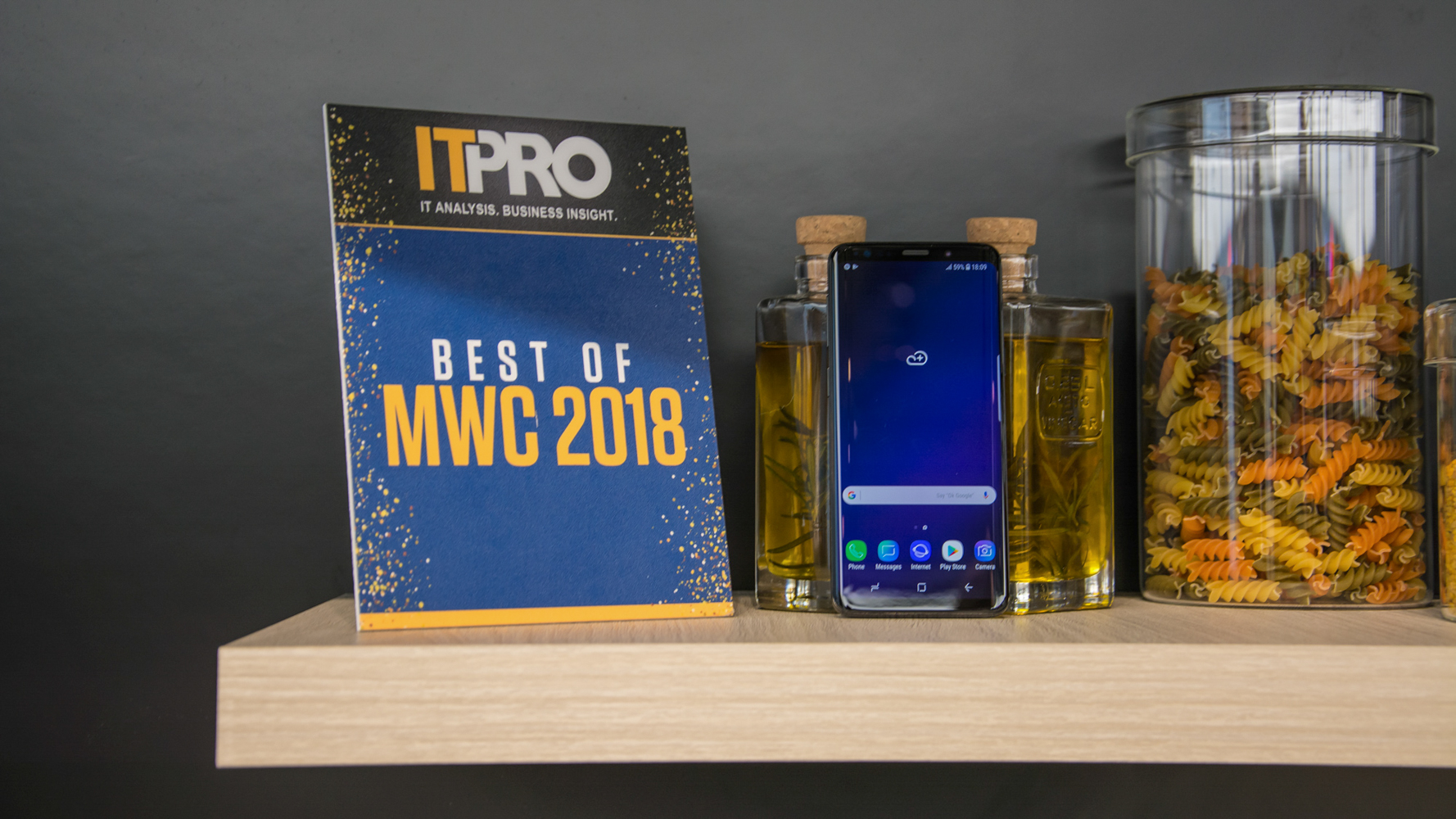
After the Galaxy S8 was such a runaway success last year, all eyes were on Samsung to see whether the Galaxy S9 could continue the company's winning streak. The Korean giant took the lid off its new device on the Sunday before the show, and sure enough, it looks set to be the best phone of 2018.
There's very little that's especially new about the Galaxy S9, but that's a good thing. Samsung has listened to feedback from customers, taken it on board and tweaked the S9's design to reflect the changes they want. It's more of a minor revision than a full-blown successor, but the S9 promises to have sanded off what few rough edges the Galaxy S8 had.
Samsung DeX Pad
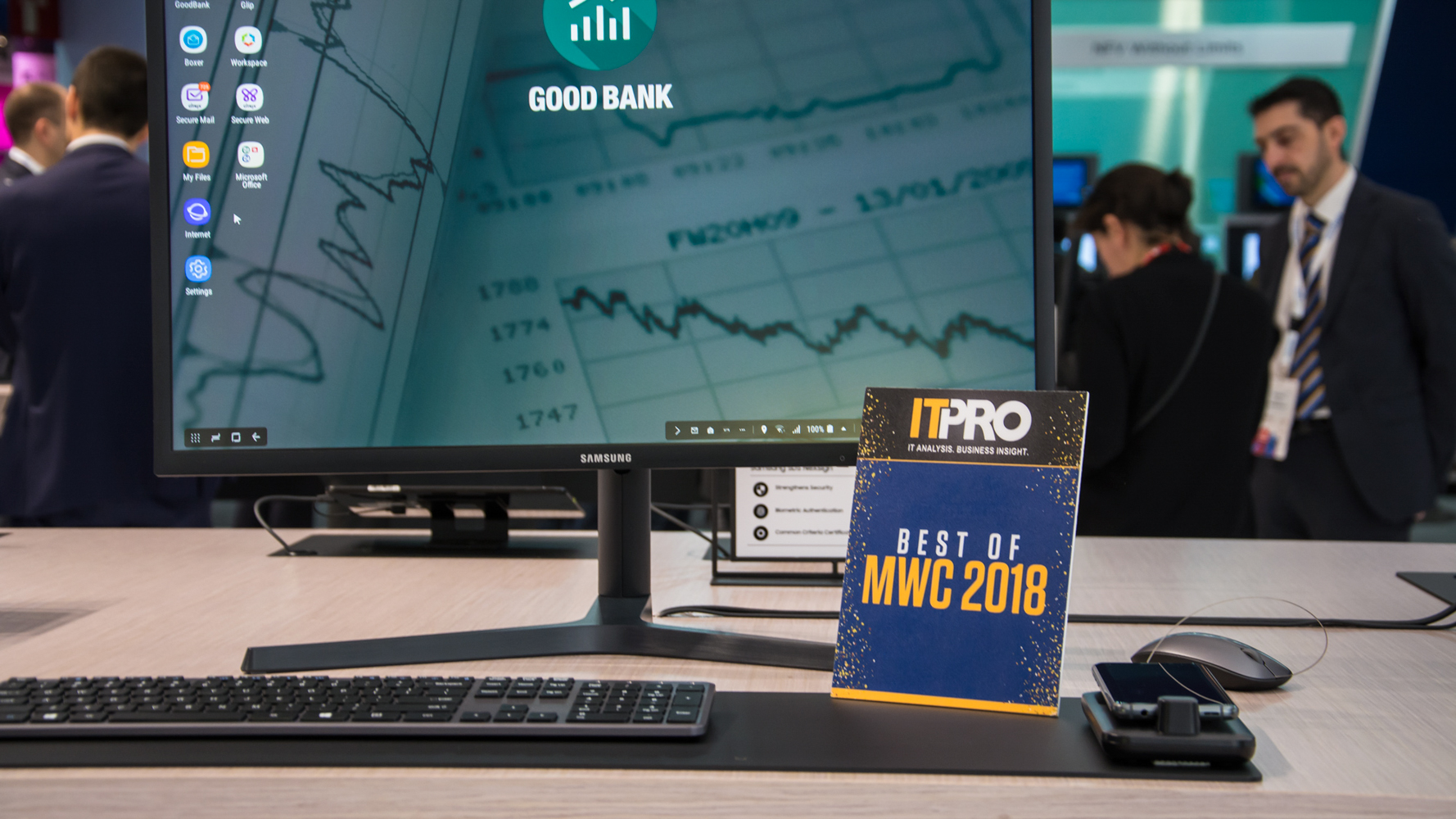
One of the most surprising features of the Galaxy S8 was its ability to transform into a full-on thin client solution through Samsung's DeX Station. The company has now releasedthe DeX Pad, which improves upon the best bits of the original DeX and adds some nifty new features.
Among them is support for multiple resolutions, the ability to apply corporate branding to DeX, and - best of all - the ability to use the S9 itself as a touchpad when it's connected without a mouse. You lose a port or two, admittedly, but throw in the fact that it's smaller, lighter and cheaper than the original, and you've got a real winner.
Qualcomm X50 5G modem
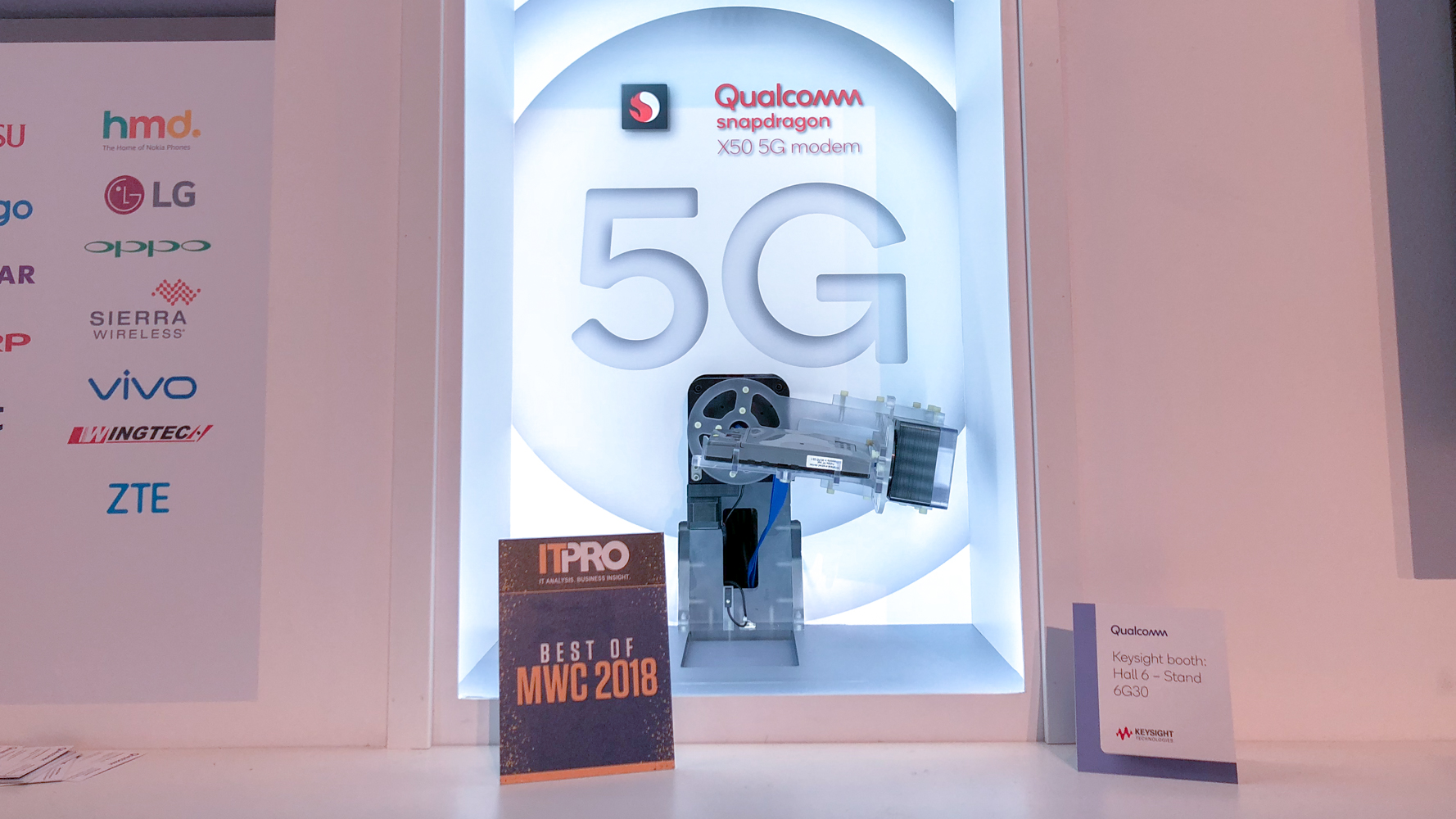
Qualcomm has been talking about its 5G efforts for a while, which includes the X50 5G modem. It's only recently, however, that we've actually seen its performance in proper tests. The chip managed 5G download speeds of 4.5Gbits/sec in tests conducted a few weeks prior to MWC, and it managed to maintain those speeds when we saw it tested at the show.
Although we're not hugely confident in the ability of network operators to roll out timely support for 5G technology, Qualcomm is painfully close to making 5G-compatible hardware a reality on the manufacturer side.
HP Envy X2
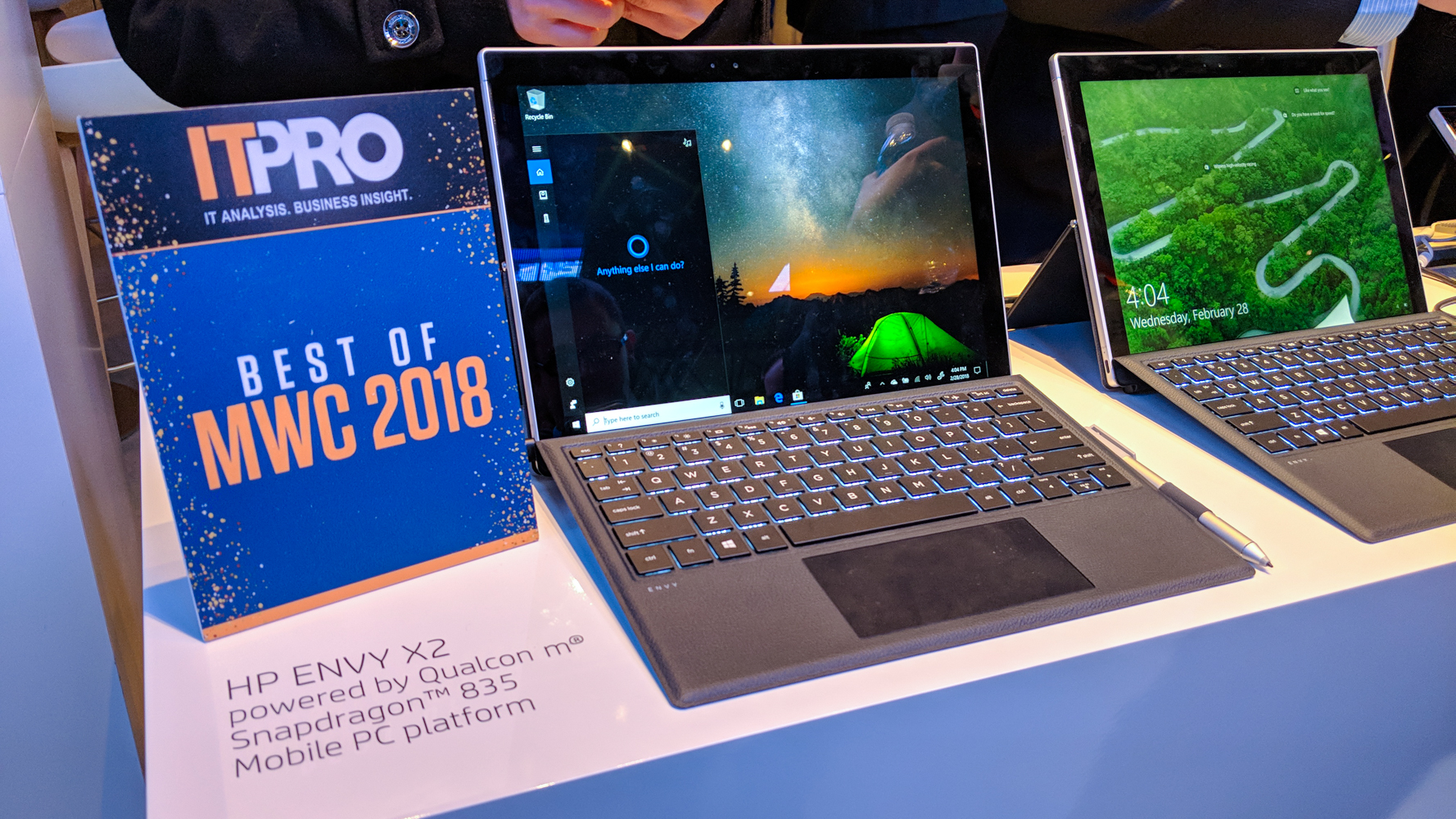
The HP Envy X2, first unveiled at this year's CES, is part of the first crop of Microsoft's OEM partnerships to create ultraportables powered by Qualcomm's Snapdragon processors.
Reminiscent of HP's Elite X2, the Envy X2 is a razor-thin detachable that promises a 20-hour battery life and 4G connectivity, twinned with the productivity features of a standard Windows laptop. If it can strike the right balance, it could be a real game-changer.
HTC Vive Wireless Adaptor
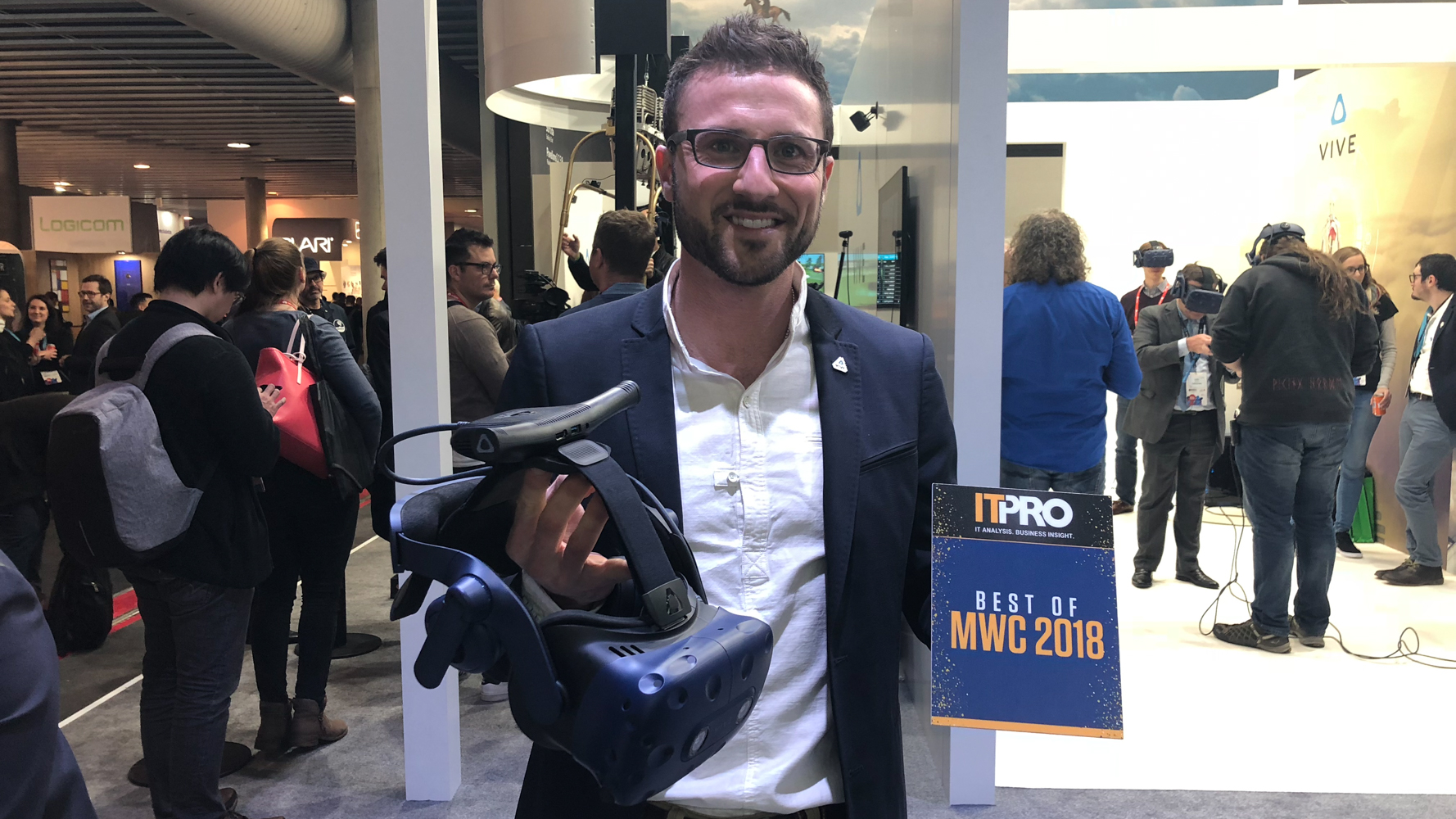
While VR is being touted as the future by many, others are sceptical about how useful it's going to be, given that high-end VR headsets require you to be lashed to a PC in order to drive smooth, high-fidelity visuals. Thanks to HTC's Wireless Adaptor (originally announced at CES 2018), this concern is no longer an issue.
Based on Intel's WiGig technology, this accessory allows you to use the HTC Vive with no wires, other than a single battery pack. Performance is smooth and seamless, and the technology could genuinely make VR practical enough to reach widespread adoption.
Western Digital PC SN720
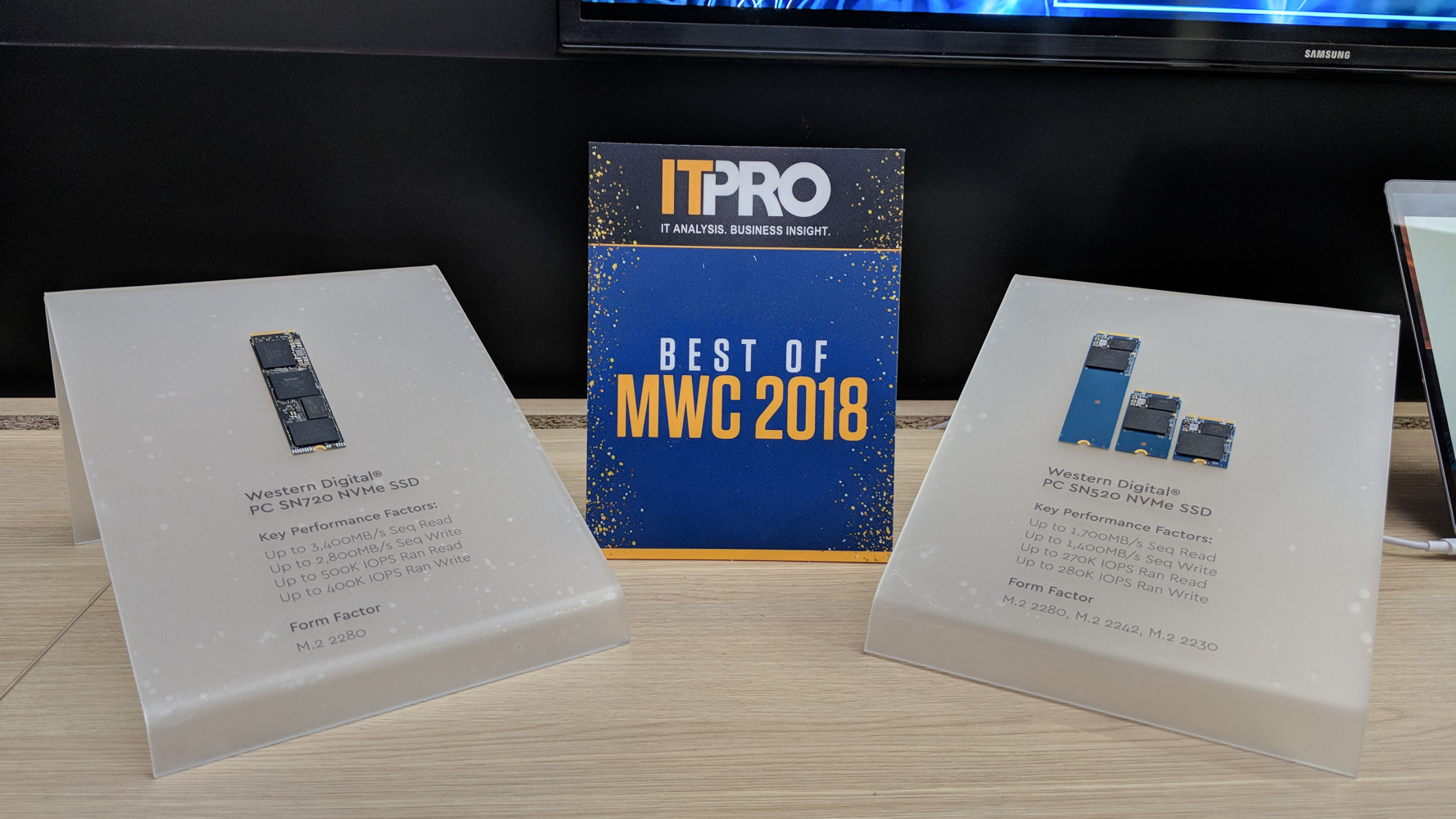
Western Digital is up there with some of the best in the business when it comes to storage technologies, and the company is pushing forwards with a new SSD built to take advantage of 3D NAND storage architecture. The drives aren't currently being made available for consumers, but are instead being offered to selected OEM clients.
The Western Digital PC SN720 is the first drive to be built on the company's new NVMe SSD controller architecture, which is designed to harness the performance and scalability boosts offered by 3D NAND. Performance looks to be very impressive indeed, and if this is an indication of what the company's new firmware and architecture can do, we're expecting big updates to WD's data centre portfolio.
Get the ITPro daily newsletter
Sign up today and you will receive a free copy of our Future Focus 2025 report - the leading guidance on AI, cybersecurity and other IT challenges as per 700+ senior executives
Adam Shepherd has been a technology journalist since 2015, covering everything from cloud storage and security, to smartphones and servers. Over the course of his career, he’s seen the spread of 5G, the growing ubiquity of wireless devices, and the start of the connected revolution. He’s also been to more trade shows and technology conferences than he cares to count.
Adam is an avid follower of the latest hardware innovations, and he is never happier than when tinkering with complex network configurations, or exploring a new Linux distro. He was also previously a co-host on the ITPro Podcast, where he was often found ranting about his love of strange gadgets, his disdain for Windows Mobile, and everything in between.
You can find Adam tweeting about enterprise technology (or more often bad jokes) @AdamShepherUK.
-
 AI is helping bad bots take over the internet
AI is helping bad bots take over the internetNews Automated bot traffic has surpassed human activity for the first time in a decade, according to Imperva
By Bobby Hellard
-
 Two years on from its Series B round, Hack the Box is targeting further growth
Two years on from its Series B round, Hack the Box is targeting further growthNews Hack the Box has grown significantly in the last two years, and it shows no signs of slowing down
By Ross Kelly
-
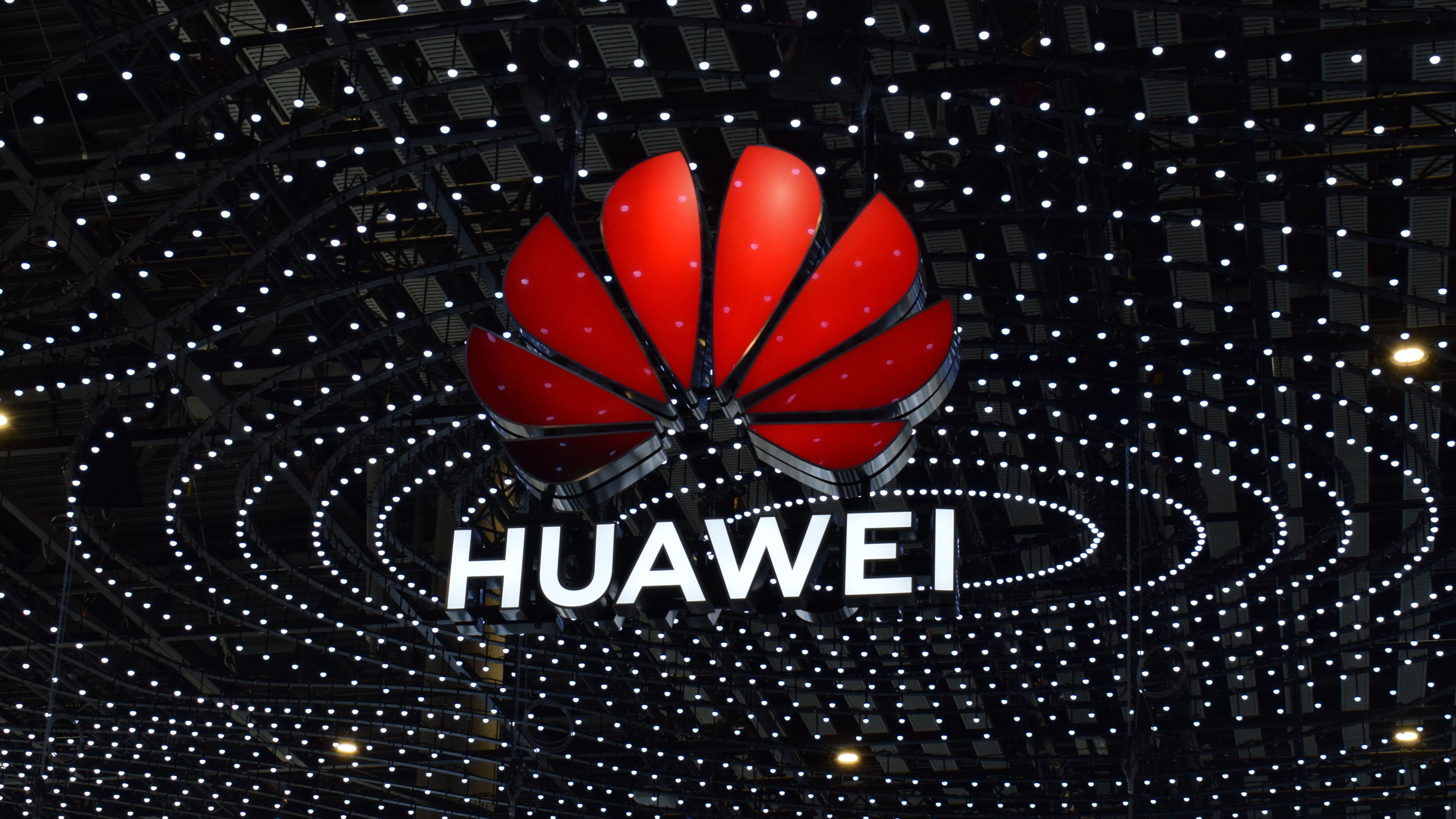 Doing business under US sanctions: a Huawei success story
Doing business under US sanctions: a Huawei success storyAnalysis Doubling down on R&D, diversifying its business, and seeking out ripe new markets – the resurgence of Huawei carries lessons for all businesses
By Bobby Hellard
-
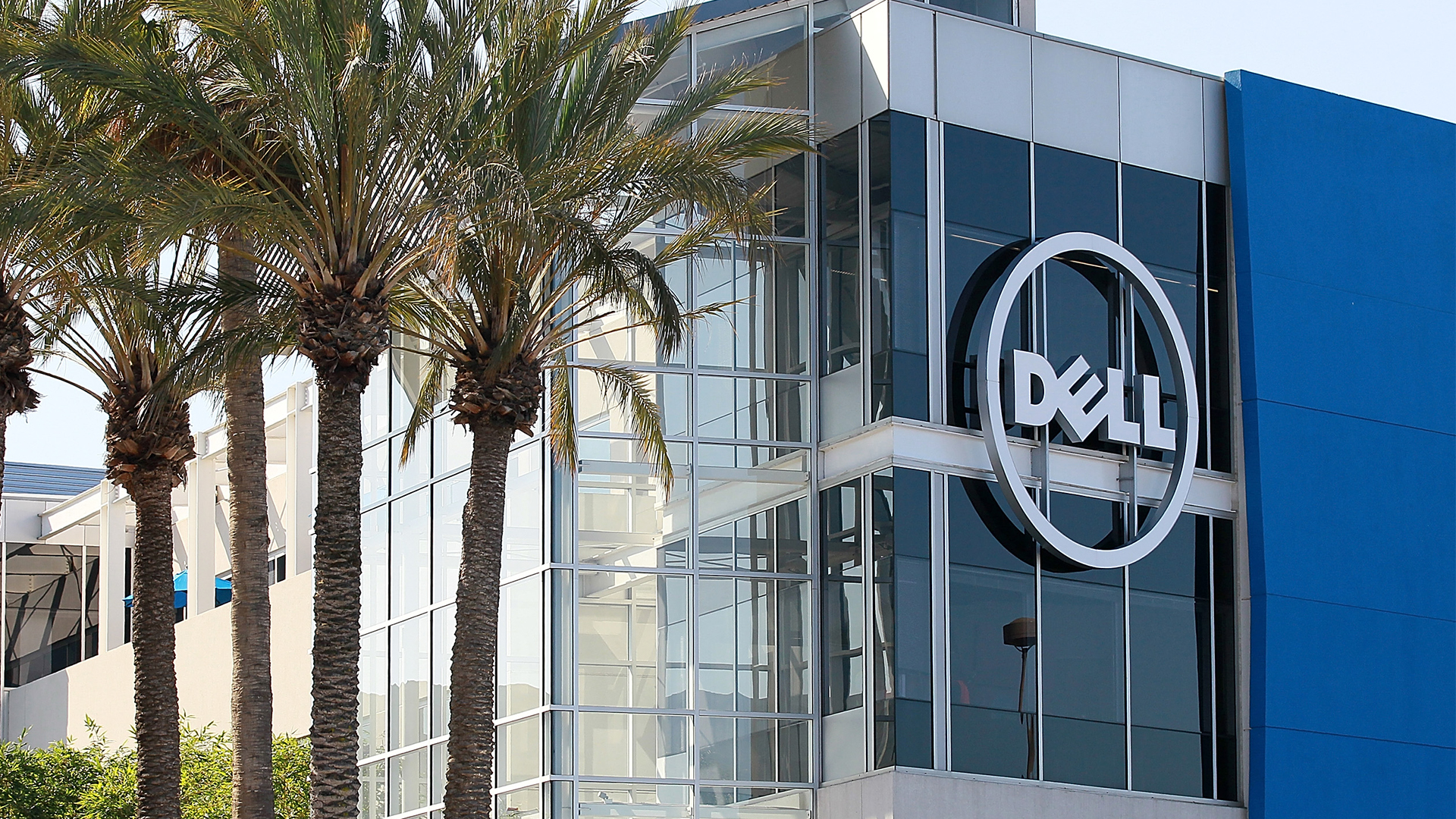 Predicts 2024: Sustainability reshapes IT sourcing and procurement
Predicts 2024: Sustainability reshapes IT sourcing and procurementwhitepaper Take the following actions to realize environmental sustainability
By ITPro
-
 Advance sustainability and energy efficiency in the era of GenAI
Advance sustainability and energy efficiency in the era of GenAIwhitepaper Take a future-ready approach with Dell Technologies and Intel
By ITPro
-
 2024 State of procurement report
2024 State of procurement reportWhitepaper The trends shaping the future of business buying
By ITPro
-
 Digital optimisation paves the way to strategic supplier management
Digital optimisation paves the way to strategic supplier managementWhitepaper Procurement’s role as a strategic driver
By ITPro
-
 Bringing order to the file management chaos plaguing AEC firms
Bringing order to the file management chaos plaguing AEC firmswhitepaper How a cloud-based solution, supported by edge technology, helps architecture, engineering, and construction firms boost performance and cut costs
By ITPro
-
 File data services to support modern manufacturing
File data services to support modern manufacturingwhitepaper Smart file data services deliver resilience and intelligence to the modern manufacturing organization
By ITPro
-
 Innovation in product development
Innovation in product developmentwhitepaper The latest data on how successful product development teams collaborate to build the future
By ITPro